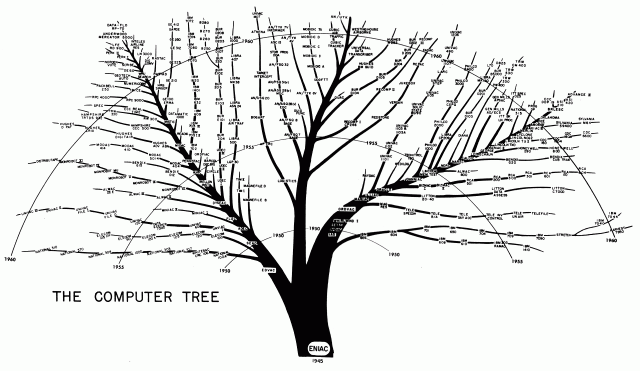There are dozens of sites and resources describing the differences between BSD and System V Unix.
I am tired of reading 11 of them every few years when I want to remember some of those differences. So I made this page.
The main differences
BSD is considered “university Unix”, or hobbyist Unix, because it
came out of UC Berkeley in CaliforniaSystem V was considered more commercial
Sun OS was based on BSD, but Sun eventually moved to Solaris, which
was System V basedSCO and HP-UX were also based on System V
One of the main differences was the location of binaries. System V
standardized configurations, software installation, and handling
network programming, which was in line with its corporate focusSystem V placed its files in /usr/bin/ and /usr/sbin
BSD placed its files in /bin/ and /sbin/
Another big difference is in startup scripts: BSD used a script in
/etc/rc to initialize itself and didn’t use runlevels. The /etc/rc
file is what files were run by init. To avoid having to edit
/etc/rc, BSD variants supported a site-specific /etc/rc.local file
that runs near the end of the boot process. Later BSD’s, including
FreeBSD and beyond, executes scripts out of the /etc/rc.d directorySystem V uses what’s now called SysV (Sis Vee) Style Init. SysV
Style Init uses what are called runlevels, and a SysV system is
always in exactly one runlevel. These include normal operation,
single user mode, shutdown, and others. When you switch from one
runlevel to another a series of scripts are run before and after.
Notes
- BSD Unix was developed at UC Berkeley.
- System V is pronounced “System Five”, and was developed by AT&T.
- Over time, the two types have blended significantly, and modern
operating systems (such as Linux) tend to have features of both. - There is significant consolidation in the Unix and Linux worlds.
Expect to see more of this blending as this happens. - One big difference between BSD and Linux is that Linux is a kernel
while BSD is an operating system. That’s the biggest difference
between BSD and Linux: Linux is a a collection of little pieces,
while BSD is one thing.























 1887
1887

 被折叠的 条评论
为什么被折叠?
被折叠的 条评论
为什么被折叠?








